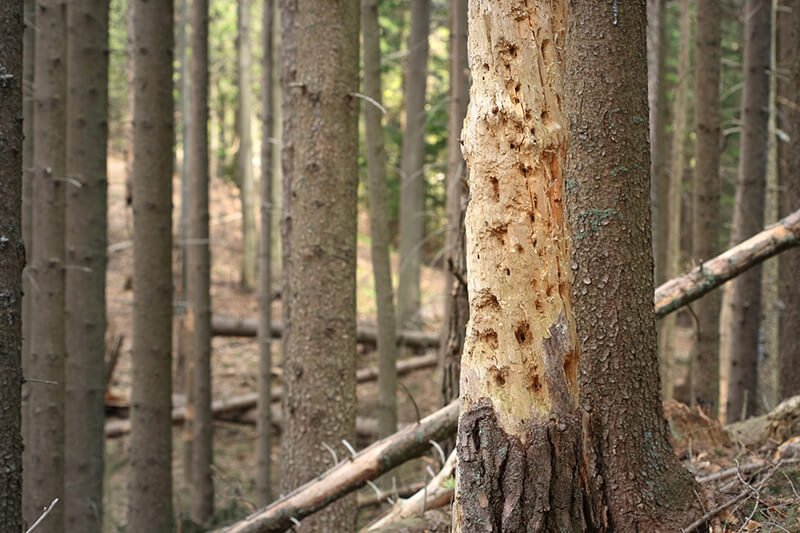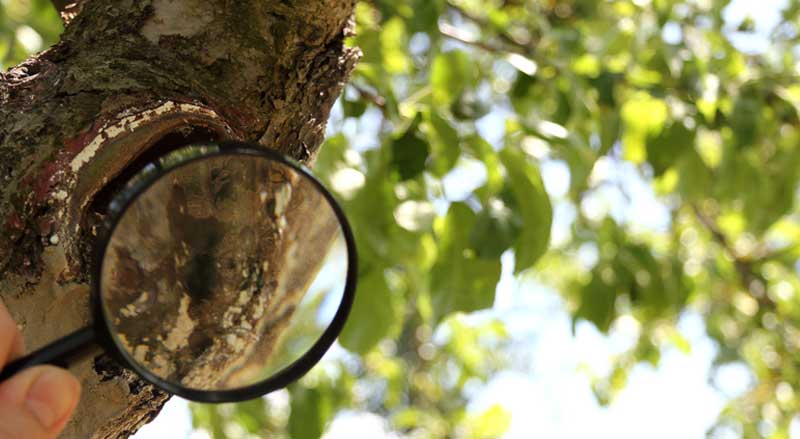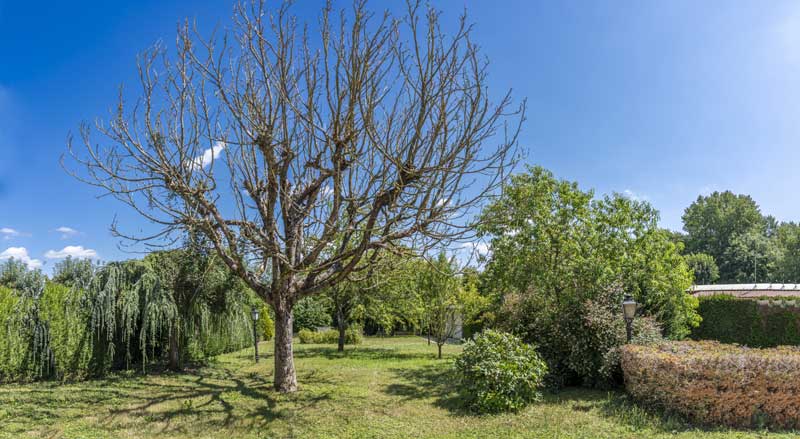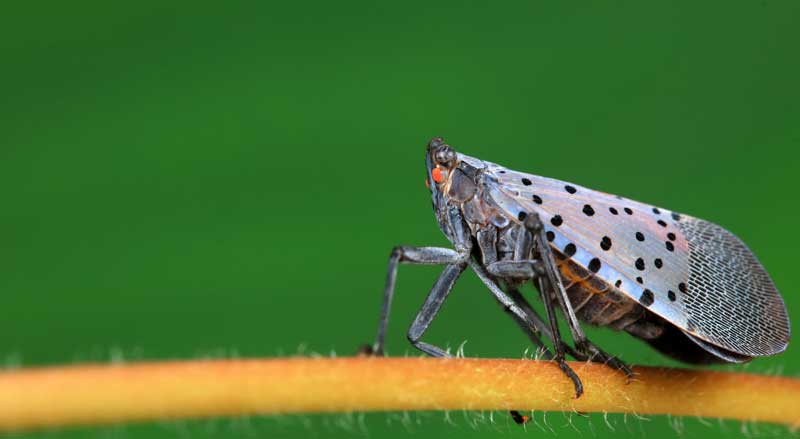Have you ever wondered what a tree looks like when it gets sick? Trees are a lot like low maintenance pets. Because trees live fifty to hundreds of years, most people don’t really think about their general health once they have matured. But there are a lot of things that can make trees sick and a sick tree is a dangerous tree.
Here’s what you need to know about sick trees and how to care for them:
Why Do Trees Get Sick?
Trees get sick just like we do. Damage and injury can easily occur during a storm. Trees are susceptible to disease especially if they are lacking nutrients or water. Pests can also plague trees and cause them to lose their bark and decay.
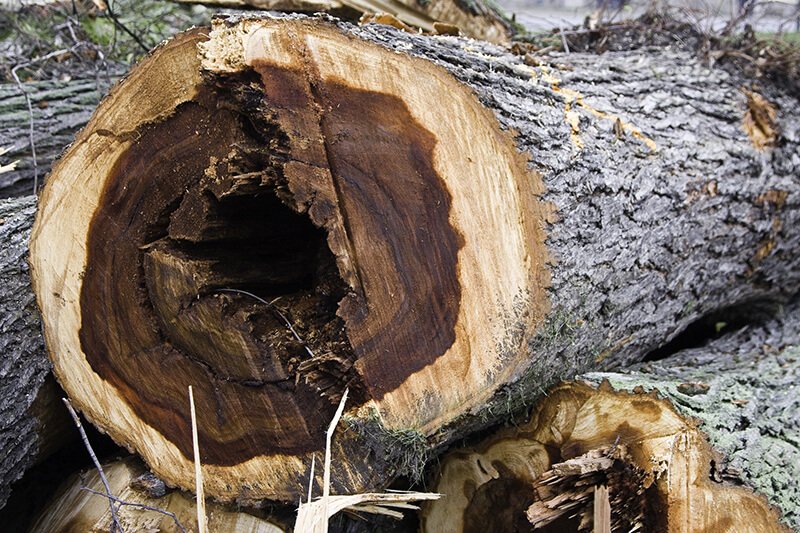
Environmental changes and physical damage are by far the most common problems that cause tree disease. And since most people aren’t inspecting their trees regularly for illness, these issues can become severe.
Tree Bark Abnormalities
Discolored, moist, flaking, or weeping bark can indicate that a tree is sick. The bark is the outer shell of a tree that affords protection. When it is unable to do its job, the rest of the tree suffers too. Therefore, damage to the outside of a tree can be more dangerous than it seems. Significant damage across the outside of a tree can kill it entirely.
Dead and Weak Branches
If branches are drooping, cracking, or dry, it could mean that the tree is severely damaged. You can test whether a branch is dying by snapping it. If it snaps and is bone dry, the branch is already dead.
Having a tree with dead or weakened branches is extremely dangerous to your safety. These types of branches on a large tree can drop suddenly and without warning. Remove dead or weak branches from a tree immediately. Have a tree care specialist inspect the rest of the tree for disease or weaknesses.
Wilted or Dying Leaves
Wilted or falling leaves – at the wrong time of year – can be the first sign that branches are about to die. It signifies that the leaves aren’t getting the moisture or nutrition they need to grow. Wilted, dying, discolored, or damaged leaves could potentially indicate a lot of things, from insect infestation to rot.
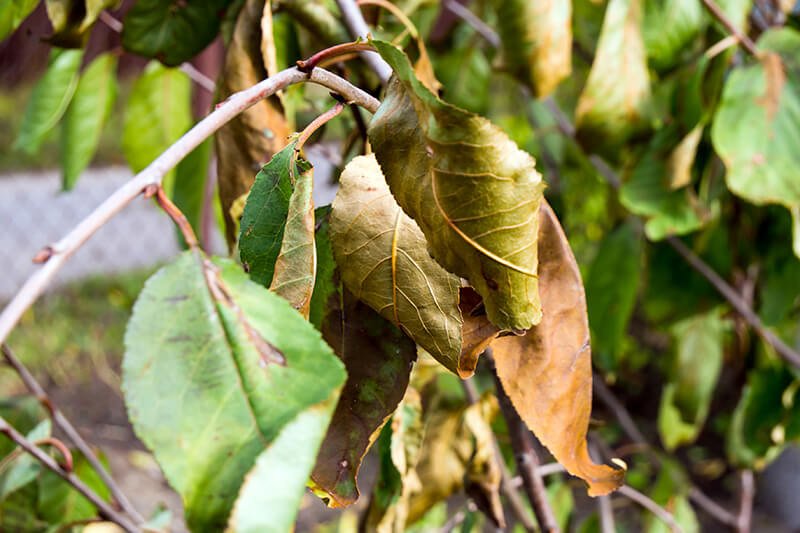
Noticing this issue is helpful in saving a tree from disease and pests. It’s important to try to remedy the problem as quickly as possible with guidance from a professional.
Insect Attacks on Trees
Insects and trees can coexist to an extent. But when a tree is beset upon by pests, it can become ill quickly. If you notice quite a lot of insects, it’s possible your tree is at serious risk.
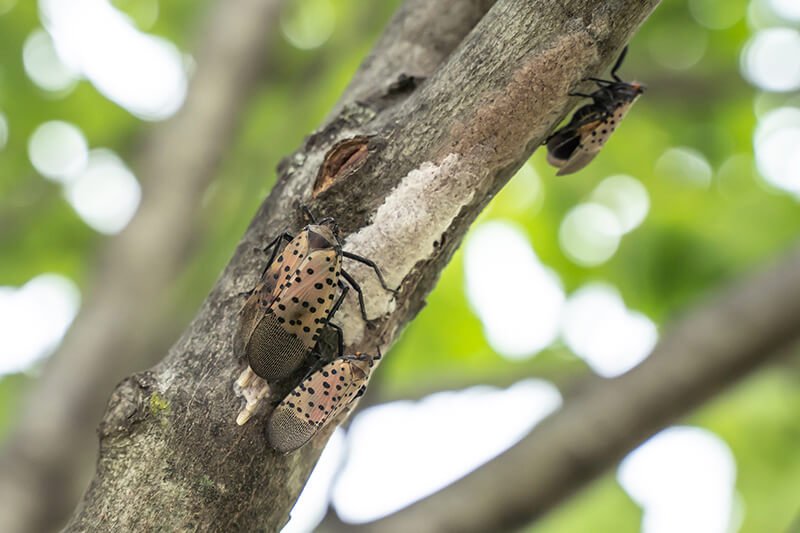
Spotted Lanternfly cause oozing sap, wilting, leaf curling, and tree dieback. In addition to tree damage, when spotted lanternflies feed, they excrete a sugary substance, called honeydew. Honeydew encourages the growth of black sooty mold that also harms trees.
The Emerald Ash Borer is an invasive insect that takes over by laying its eggs inside the bark of trees. Larvae then eats the tree from the inside out for years until they reach adulthood. This beetle has destroyed tens of millions of Ash trees throughout the United States.
Termites are another danger to at-risk trees in your landscape. Termites feed on deadwood. They will only begin to eat a tree that is already somewhat damaged. These insects will further weaken branches and the structure of the tree making it more susceptible to damage during storms.
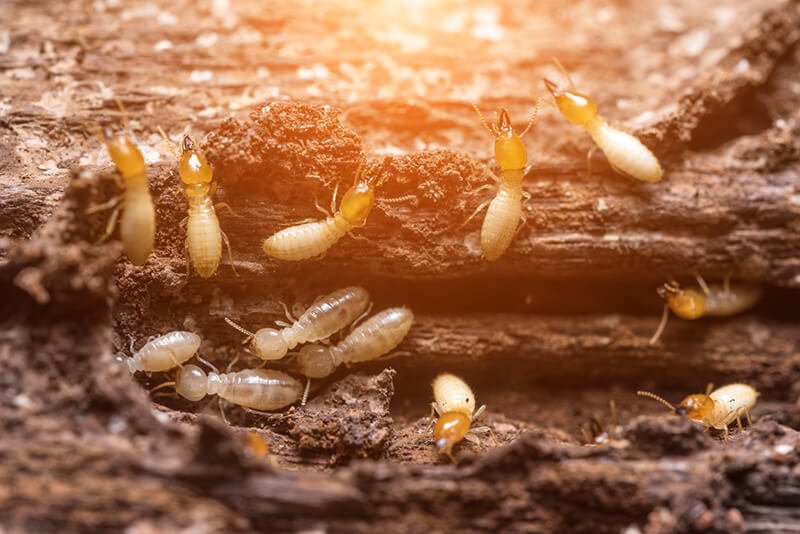
Decay and Mold
Sometimes trees simply get too much water. If they are in a muddy or boggy area, it’s possible that decay, mold, and rot can set in. When trees start to rot, it can be very difficult to manage. The rot must be cut away immediately or it will take over the entire tree.
Mold can be an indicator that a tree is rotting from within. It can also happen for a variety of other reasons, such as too much moisture on its bark.
How Do You Prevent Your Tree from Becoming Sick?
Regular maintenance is a great way to prevent your trees from becoming sick. A Certified Tree Care Expert can identify issues, trim away dead limbs, and keep your property safe from tree damage. They can inform you of changes in your trees from one visit to the next and advise how to sustain healthy trees.
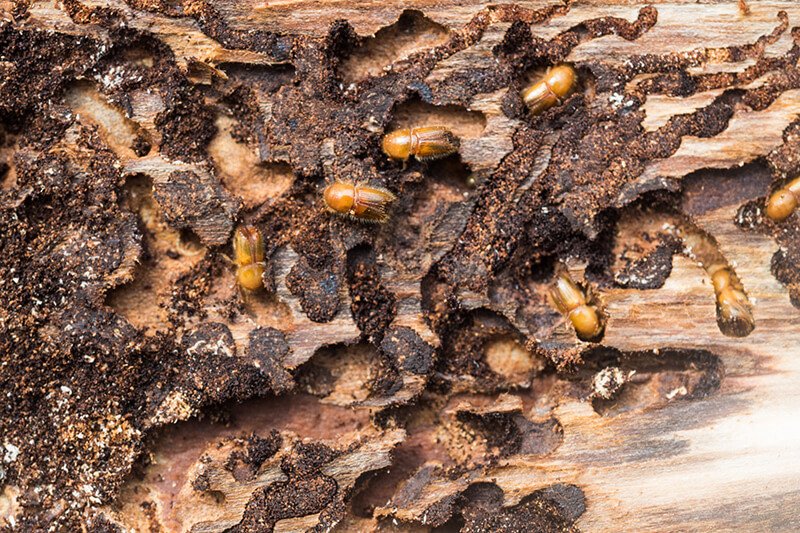
What Do You Do If a Tree is Sick?
It’s incredibly important to address a sick tree. A sick tree can fall and easily damage surrounding structures, cars, or people. It also depreciates your property value.
The best way to find out whether your tree is sick is to call a professional. Your tree may be treatable depending on how severely sick or injured it is. Some trees may need to be braced while they recover or have branches cut away or splinted.
If you’re worried that your tree might be ill, it’s time to call the professionals. Contact Trees Unlimited NJ for complete tree services in Wayne NJ. You can rely on us!

